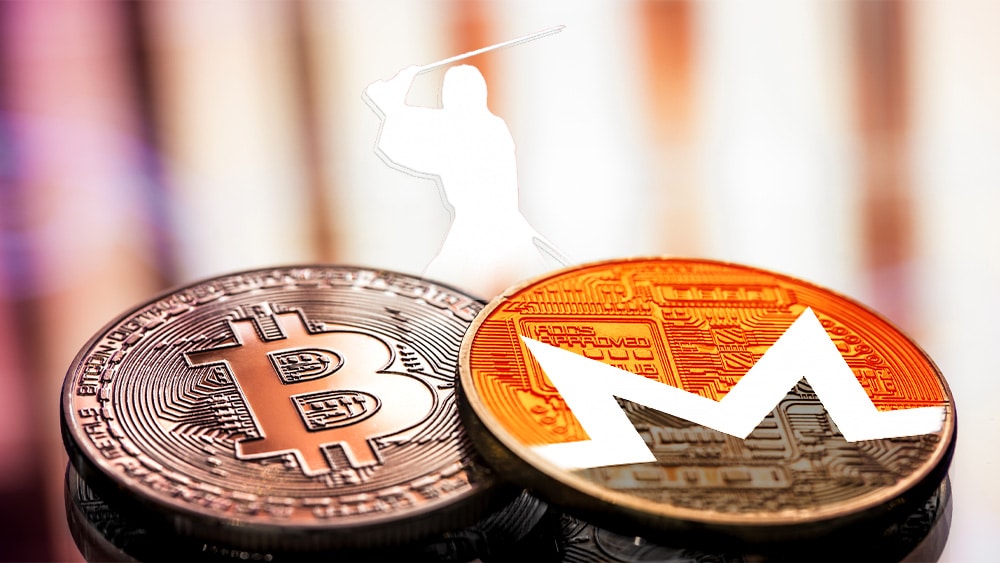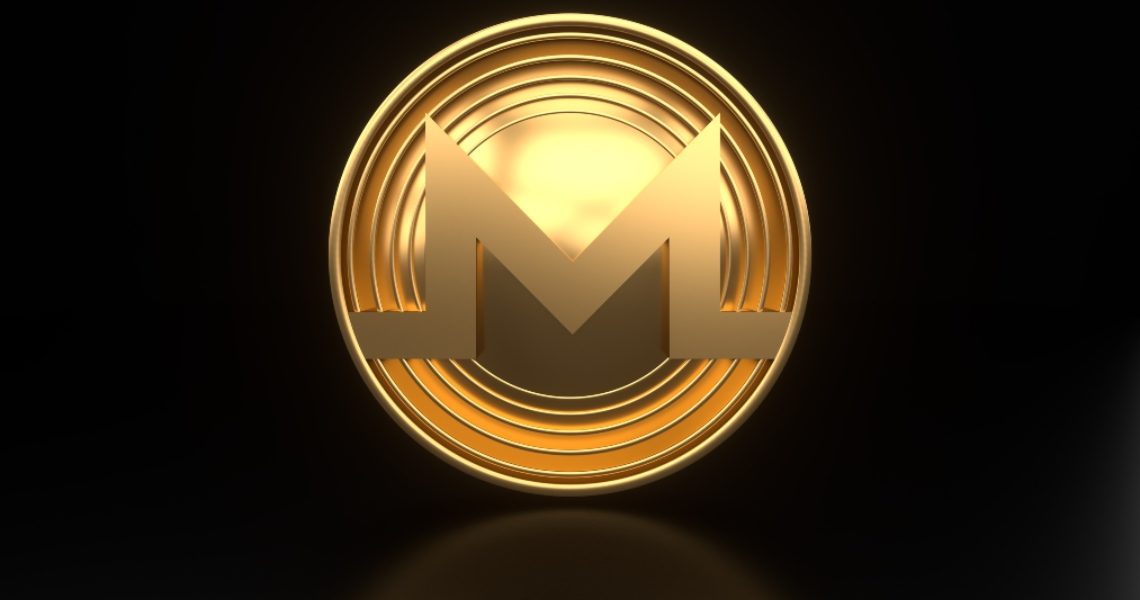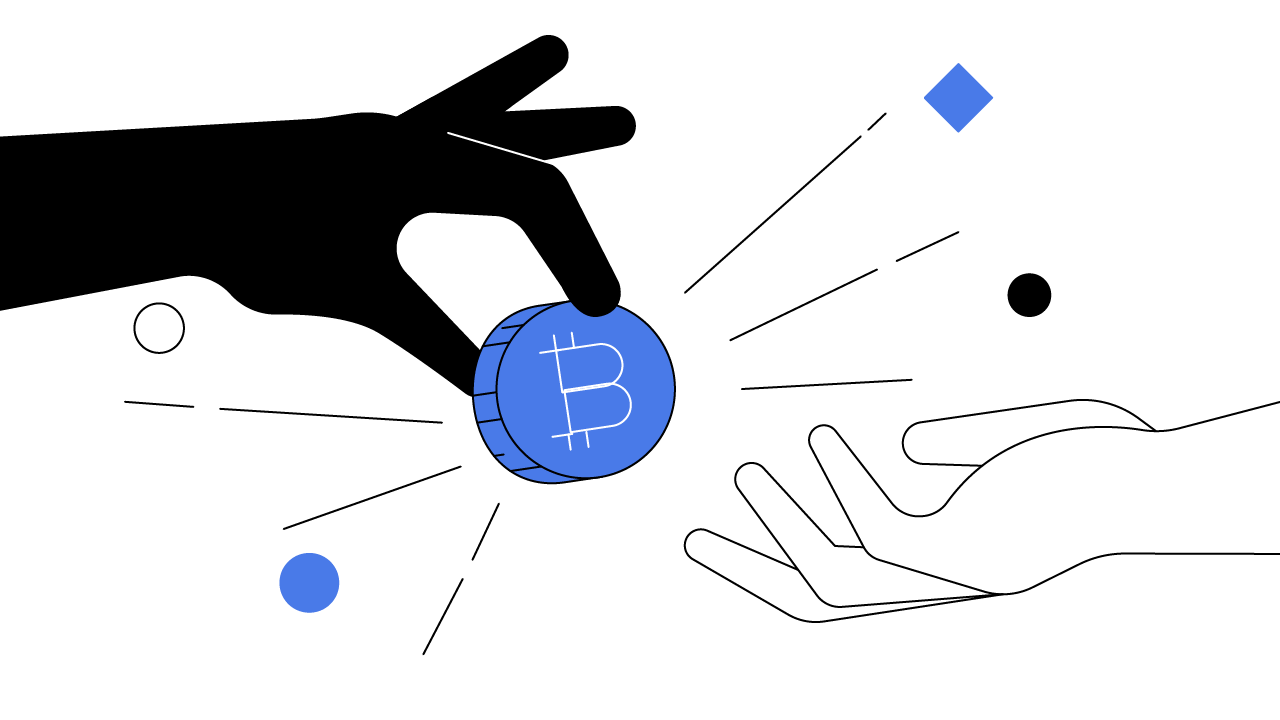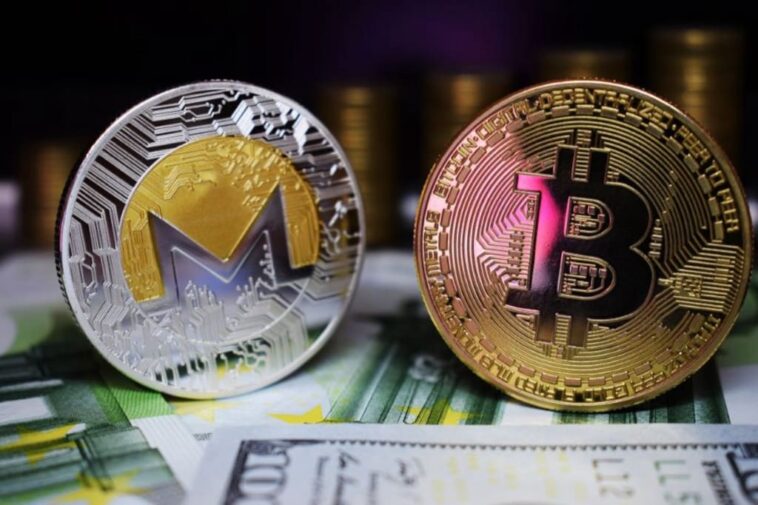In the dynamic realm of the digital economy, the ability to efficiently convert one form of cryptocurrency to another has assumed great importance. Cryptocurrency conversion isn’t just a buzzword anymore; it’s a pivotal part of financial flexibility in today’s digital era. A conversion that’s increasingly drawing attention and interest is that of XMR (Monero) to BTC (Bitcoin).
As both coins offer distinct advantages and occupy specific niches within the larger cryptocurrency ecosystem, understanding their conversion process becomes essential. This tutorial is meticulously crafted to guide both novices and experienced users through the intricacies of converting XMR to BTC with ease and precision.
Understanding XMR and BTC
XMR (Monero), in the vast ocean of cryptocurrencies, shines as a beacon for those prioritizing privacy and discretion in their transactions. It’s not just another digital coin; it’s a system built to provide anonymity, ensuring that intricate details of a transaction, such as the identities of the sender and recipient and the transaction amount, remain concealed from prying eyes. This ensures a higher level of security and positions Monero as a favorite for those who prioritize confidentiality.
On the other end of the spectrum, BTC (Bitcoin) stands tall as the original forerunner of the cryptocurrency revolution. More than just a coin, it’s a movement that signaled the advent of decentralized financial systems. Being the first cryptocurrency, its widespread acceptance, recognition, and potential for investment have made it a cornerstone of the digital currency market.
For various nuanced reasons, individuals and institutions may find the need to convert XMR to BTC. Some might be attracted to the liquidity and recognition associated with Bitcoin, others may have trading aspirations, leveraging price differentials between the two coins, while some may simply see it as a practical step in a broader investment strategy.
Choosing a Reliable Exchange Platform

In today’s world, where we’re spoilt for choice with a plethora of cryptocurrency exchanges, the real challenge lies in picking one that aligns with your security, convenience, and financial priorities. Each exchange platform is built differently, with its own set of protocols, fees, and features. Selecting a reliable one isn’t just about ease of use; it’s a commitment to safeguarding your investments. Factors like advanced security protocols, transparent transaction fees, authentic user reviews, and the platform’s historical performance can provide insights into its reliability.
Considering the surge in cyber threats, a platform’s security measures should be of paramount importance. Additionally, the clarity in fee structures ensures you’re not met with unexpected costs. Exchanges like Binance, Kraken, and ShapeShift have garnered positive feedback and offer features that can aid in a seamless conversion of XMR to BTC.
Creating Accounts
After pinpointing the platform that resonates with your requirements, the next logical progression is to establish an account. Typically, this involves filling out some essential details, including an email address. While this may seem basic, it’s a gateway to your financial endeavors on the platform. As such, setting up a secure password, one that’s both complex and unique, becomes your first line of defense against potential security breaches.
In the realm of cryptocurrency, where direct human intervention in transactions is minimal, security measures like two-factor authentication (2FA) gain even more importance. It’s not just an added layer of security; it’s a necessity. When available, always enable 2FA, ensuring that even if your password is compromised, there’s another safeguard in place.
Verifying Accounts
Venturing further into the exchange setup, we find that a significant number of established platforms mandate a thorough account verification process. This is a methodical approach employed to deter fraudulent activities, ensuring that every user’s financial journey remains untainted by potential malpractices. While this step can involve furnishing identity-related documents, like your passport or driver’s license, it’s essential to remember it’s primarily for your protection. Verification might seem like a hurdle, but it’s a shield, ensuring that your transactions and funds are securely anchored to your identity.
After you’ve successfully uploaded the necessary documentation, there’s a brief waiting period. Most exchanges, depending on their user traffic and operational efficiency, manage to conclude the verification process within a couple of days, post which you’re all set to dive into the world of cryptocurrency trading and conversions.
Deposit XMR

Before initiating the conversion, your XMR needs to find its way into your chosen exchange’s wallet. This is a straightforward process, but precision is key. Within your user dashboard, there’s a dedicated deposit section. Once there, you’ll need to specify XMR as your desired cryptocurrency to deposit. The platform, recognizing your request, will generate a unique deposit address linked to your account. It’s this address to which you’ll transfer your XMR. Ensure you double-check the address before confirming the transfer to avoid any mishaps.
Conversion Process
Having deposited your XMR, you’re now primed to proceed to the central act – the conversion. On your chosen platform, head to the trading or conversion interface. Here, you’ll be prompted to select the cryptocurrencies involved in the exchange. In our case, XMR will be the input, and BTC will be the desired output. Now, before you confirm, there’s an often overlooked but vital step – checking the prevailing exchange rate. Rates fluctuate due to market dynamics, and a quick check ensures you’re not on the losing end of a rate swing.
Reviewing and Confirming
Post the initial setup of the conversion; it’s always wise to pause and review. Cryptocurrency transactions, once initiated, are irreversible, making this step crucial. Ensure you peruse the details thoroughly. Confirm the amount of XMR being converted, the conversion rate you’re receiving, and the resultant BTC you’ll obtain post the conversion. A few moments spent here can save potential future regrets.
Wait for Confirmation
After setting the conversion in motion, there’s an inevitable waiting game. Both Monero and Bitcoin are underpinned by blockchain technology, which, while robust and secure, requires time to validate and confirm transactions. Depending on the network’s congestion and the transaction fee you’ve chosen (higher fees often result in faster confirmations), this can take anywhere from a few minutes to several hours. Remember, patience is not just a virtue; it’s a requirement in the world of cryptocurrencies.
Receiving BTC

Once the blockchain confirms the conversion, a corresponding amount of BTC will materialize in your exchange wallet. This is a moment of both relief and joy, as your efforts come to fruition. As with all things cryptocurrency, a quick review is in order. Ensure the BTC amount aligns with your expectations and that it correctly reflects in your exchange account.
Withdrawal Options
Your BTC, now safely in your exchange wallet, offers you multiple avenues. You might choose to leave it there, anticipating a trade in the future. Alternatively, transferring it to an external wallet, perhaps a hardware wallet for added security, might be your chosen route. Should you opt for the latter, navigate to the withdrawal or transfer section.




